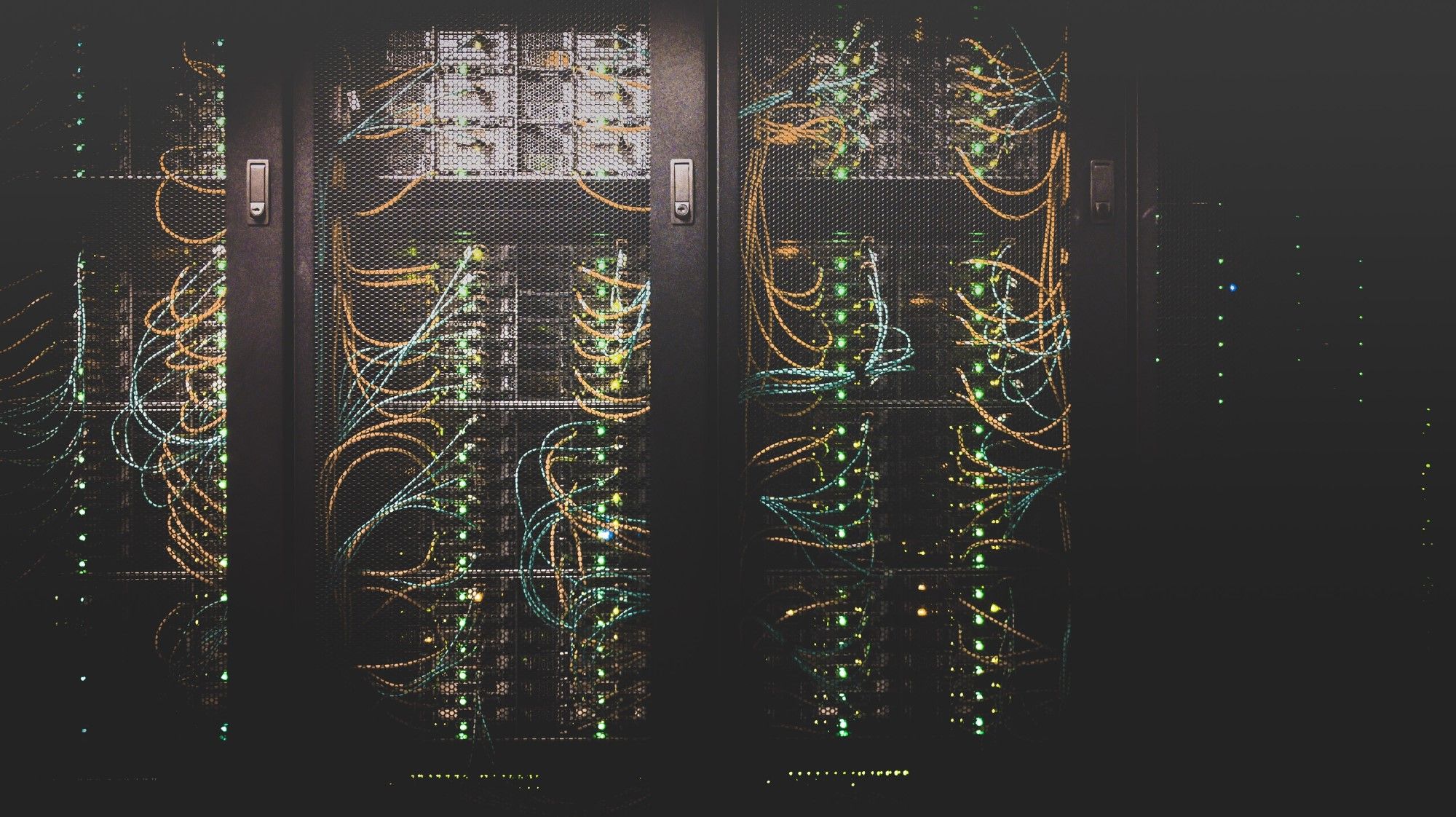Most cloud providers provide a managed Kubernetes cluster at this point. Each time I come back to look at Kubernetes, I feel like I've forgotten something (or everything). This post is a cheat sheet for getting a cluster up and running on Azure (using AKS) with recommended extras.
Creating a Cluster
Getting ready
Firstly, let's install the latest Azure CLI. Check here for the latest version. Run az --version to see what version you have if you have it installed already. Next, az login and az account set -s <subscriptionId> so that you're ready to go.
Create the resource group: (location is important. some areas have no AKS support yet eg. australiasoutheast)
$ az group create --name myResourceGroup --location australiaeast
Create a Linux-only cluster
Create the AKS cluster:
$az aks create \
--resource-group myResourceGroup \
--name myAKSCluster \
--node-count 1 \
--enable-addons monitoring \
--generate-ssh-keys
Connect kubectl to your cluster
Install latest kubectl using az aks install-cli. (You may need to update your path to find the correct kubectl.exe)
$ az aks get-credentials --resource-group myResourceGroup --name myAKSCluster
Connect to the Kubernetes Dashboard:
$ az aks browse --resource-group myResourceGroup --name myAKSCluster
If you get permissions errors (due to RBAC), you can give cluster-admin permissions with:
$ kubectl create clusterrolebinding kubernetes-dashboard \
-n kube-system --clusterrole=cluster-admin \
--serviceaccount=kube-system:kubernetes-dashboard

